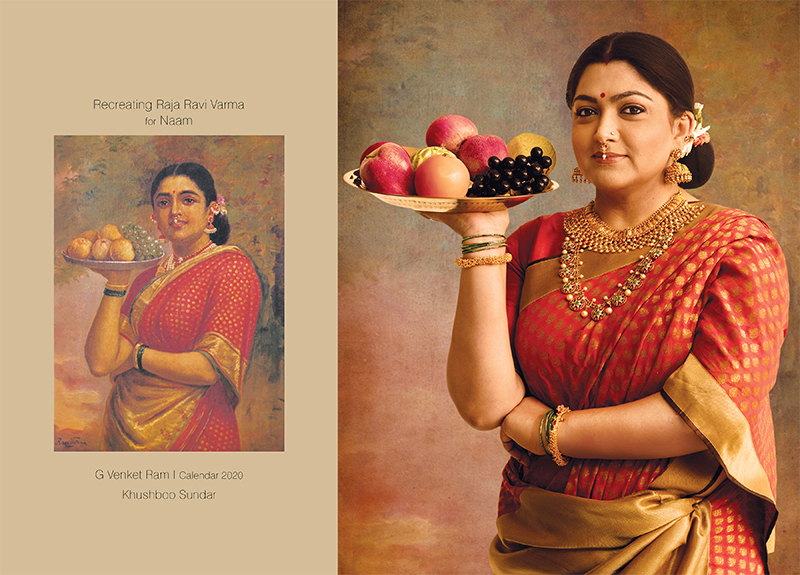India’s rich artistic heritage is home to a diverse range of artists whose works have left an indelible mark on the world of art. From traditional miniatures to contemporary canvases, Indian artists have contributed significantly to the global art scene. Here is a look at some of the most iconic figures in Indian art and their masterpieces.
Famous Artists in India are
1. Raja Ravi Varma (1848-1906)
Overview: Raja Ravi Varma is often hailed as one of the greatest painters in Indian history. His works combine Indian themes with European techniques, making him a pioneer in modern Indian art.
Masterpieces:
- “The Goddess Saraswati”: This painting showcases Varma’s skill in depicting Hindu deities with a realistic touch. The goddess is portrayed with intricate detail and grace.
- “Shakuntala”: Based on the famous character from Kalidasa’s play, this painting captures the essence of classical Indian literature and aesthetics.
Contribution: Raja Ravi Varma is known for his role in popularizing Indian mythology and classical themes through lithographs, which helped bring Indian art to a wider audience.
2. Amrita Sher-Gil (1913-1941)
Overview: Amrita Sher-Gil, often referred to as India’s Frida Kahlo, was a pioneering female artist whose work was influential in the development of modern Indian art.
Masterpieces:
- “Three Girls”: This painting reflects Sher-Gil’s interest in portraying the lives of Indian women, with a focus on their emotions and daily experiences.
- “The Bride’s Toilet” is a famous artwork depicting a bride preparing for her wedding. It is renowned for its portrayal of Indian traditions and rituals.
Contribution: Sher-Gil’s style was a blend of Western and Indian influences, and her works are celebrated for their bold colors and emotional depth.
3. Rabindranath Tagore (1861-1941)
Overview: Though best known as a poet and Nobel laureate, Rabindranath Tagore was also a prolific painter whose abstract and expressionist works made a significant impact.
Masterpieces:
- “The Red Streak”: This painting is characterized by its bold use of color and form, reflecting Tagore’s interest in abstract expressionism.
- “Self-Portrait”: An introspective work that showcases Tagore’s exploration of self and identity through art.
Contribution: Tagore’s paintings were an extension of his literary genius, showcasing a unique fusion of personal expression and philosophical inquiry.
4. M.F. Husain (1915-2011)
Overview: Maqbool Fida Husain, often called the “Picasso of India,” was a leading figure in modern Indian art known for his distinctive style and controversial subjects.
Masterpieces:
- “Mother Teresa”: This painting portrays the revered nun in Husain’s signature style, blending vibrant colors and abstract forms.
- “Bharat Mata”: An iconic depiction of India as a woman, this artwork stirred significant national and international discussion.
Contribution: Husain’s works were characterized by their vivid colours and dynamic compositions. His ability to capture contemporary issues and historical themes made him a controversial yet influential figure.
5. S.H. Raza (1922-2016)
Overview: Syed Haider Raza was a prominent Indian artist whose work spanned various styles, including abstract art. He was known for his focus on geometric shapes and vibrant colours.
Masterpieces:
- “Bindu” Series: Raza’s exploration of the bindu (dot) symbolizes the cosmic and spiritual essence in Indian culture. This series is notable for its abstract representation of traditional themes.
- “Saurashtra”: This painting features a radiant, sun-like form and is celebrated for its intricate use of color and symbolism.
Contribution: Raza’s work bridged traditional Indian art with modern abstract forms, and his innovative approach earned him international acclaim.
6. Nandalal Bose (1882-1966)
Overview: Nandalal Bose was a key figure in the Bengal School of Art, which sought to revive traditional Indian art forms and integrate them with contemporary techniques.
Masterpieces:
- “The Joy of the Fishermen”: This painting reflects Bose’s interest in capturing rural life and traditional Indian themes with a modern sensibility.
- “Mahishasura Mardini”: An example of Bose’s use of traditional techniques to depict mythological themes, this work showcases his skill in blending classical and modern elements.
Contribution: Bose’s efforts in the Bengal School were instrumental in fostering a sense of Indian identity and heritage in modern art.
7. Tyeb Mehta (1925-2009)
Overview: Tyeb Mehta was a significant modernist artist known for his use of color, form, and abstraction to explore themes of existentialism and human suffering.
Masterpieces:
- “Mahishasura”: This painting features bold, dynamic forms and explores themes of struggle and transformation, reflecting Mehta’s interest in mythological narratives.
- “Victory of the Spirit”: An abstract work that uses vibrant colors and geometric forms to convey a sense of triumph and resilience.
Contribution: Mehta’s works are renowned for their emotional intensity and innovative use of form and color, contributing to the evolution of modern Indian art.
8. Subodh Gupta (b. 1964)
Overview: Subodh Gupta is a contemporary artist known for his use of everyday objects and materials to create thought-provoking installations and sculptures.
Masterpieces:
- “Huffing”: An installation featuring a large, metallic head, this piece uses found objects to explore themes of identity and globalization.
- “Very Very Big and Very Very Expensive”: This work is a commentary on consumerism and materialism, featuring a large collection of everyday objects arranged in a striking composition.
Contribution: Gupta’s innovative approach to materials and his engagement with contemporary global issues have made him a leading figure in contemporary Indian art.
Conclusion
Indian art is a tapestry woven with diverse styles, themes, and techniques, each artist contributing uniquely to the country’s rich cultural heritage. From traditional painters like Raja Ravi Varma and Amrita Sher-Gil to modernists like M.F. Husain and contemporary innovators like Subodh Gupta, these artists have shaped the landscape of Indian art in profound ways. Their masterpieces not only reflect the artistic evolution of India but also continue to inspire and influence the global art scene.
Read more blogs limelightlog.




